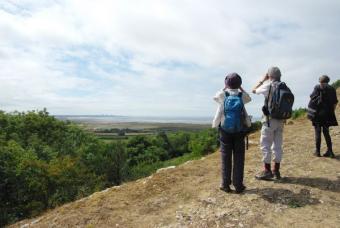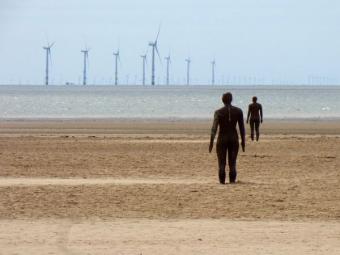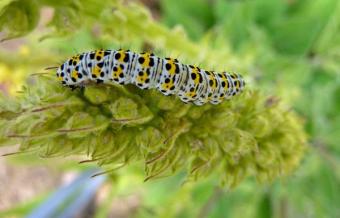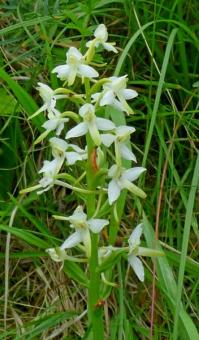WFV, Arnside, 14th August 2018
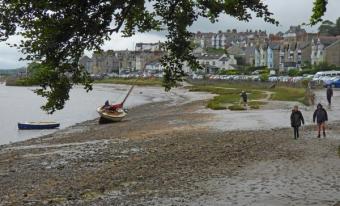 ArnsideMy hope for today was that we would be basking in sunshine, hanging out on the promenade, ice creams in hand. Whilst there is no reason not to eat ice cream in the drizzle and cool breeze, it does feel less essential.
ArnsideMy hope for today was that we would be basking in sunshine, hanging out on the promenade, ice creams in hand. Whilst there is no reason not to eat ice cream in the drizzle and cool breeze, it does feel less essential.
Our timing to explore the coastline in and around the village was dictated by the tide. High tide was due to be a higher than average; conditions suitable for a bore, the tidal phenomenon when the leading edge of the tide forms a wave as it comes into the bay against the flow of the current. There were two warning sirens, about twenty minutes apart but we were still unsure what to expect, or if indeed it had been and gone without us noticing. It was the noise of rushing water that alerted me to its arrival (I was looking through the scope at that moment). It can be between several centimetres and a metre in height, today I guess it was about 10cm. Probably the most spectacular element of the event was the speed and volume of water which followed it. As the bore passed us, so the mist lifted and we had views of cloud covered mountains in the Lake District.
Ospreys from nearby Foulshaw Moss can be seen fishing in the bay and we were lucky enough to have two sightings of them patrolling the skies. But the bird that attracted the most attention was a black duck, later ID'd as a young eider, which was continually spinning in circles on the edge of a wave.
From Arnside we crossed the railway and followed the embankment towards Sandside. This was a good place to look at the birds; little egret, lapwing, curlew and other waders. In the trees we had a great view of a treecreeper just above our heads. The first butterflies of the day, two green-veined whites, were on the thistles.
Due to the high tide the last bit of footpath was impassable, so we were ferried by minibus to the pub car park in Sandside. Here exploration of the salt marsh vegetation was limited by the water level, but we watched swallows and house martins feeding amongst the sea aster. Of the 105 plants recorded in fruit or flower, notable species include sea plantain, parsley water-dropwort, curled dock (spp littoreus), sea mayweed, sea lavender, sea milkwort, sea wormwood and fool’s-watercress.
We finished our outing with a walk through an old railway cutting with ferns on the walls along with a little clump of colour in the form of scabious and harebell. We saw what might be eared willow, or a hybrid, but we need to do a bit more research. A quick stop at the pub so we could use the facilities, then a smooth drive home, back to the sunny skies of West Yorkshire. Thanks to Stuart for sharing the driving.
Photos in the gallery here
Julia


